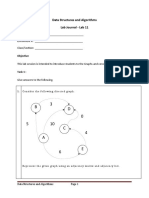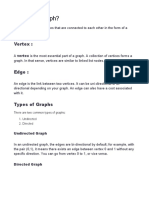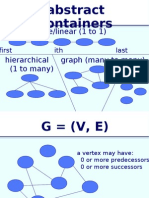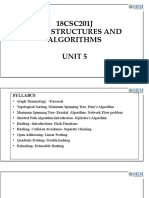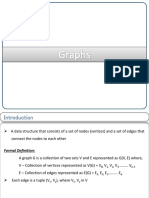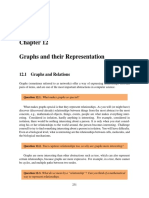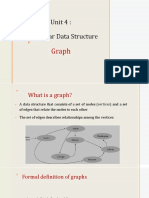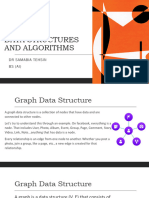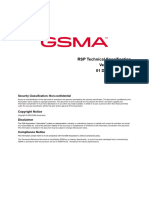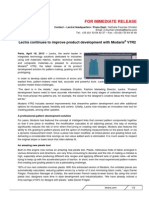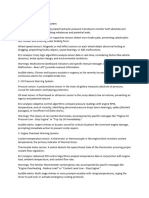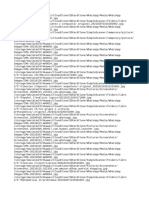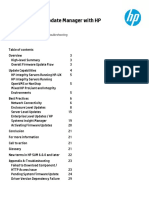0% found this document useful (0 votes)
11 views6 pagesSound Waves in Matlab
The lab report details the implementation of graph data structures in Python, focusing on adjacency matrix and adjacency list representations. It covers objectives such as performing edge operations and understanding the trade-offs between different graph representations. The report concludes that the experiment enhanced understanding of graph traversal and the distinctions between directed and undirected graphs.
Uploaded by
shifumalik6Copyright
© © All Rights Reserved
We take content rights seriously. If you suspect this is your content, claim it here.
Available Formats
Download as PDF, TXT or read online on Scribd
0% found this document useful (0 votes)
11 views6 pagesSound Waves in Matlab
The lab report details the implementation of graph data structures in Python, focusing on adjacency matrix and adjacency list representations. It covers objectives such as performing edge operations and understanding the trade-offs between different graph representations. The report concludes that the experiment enhanced understanding of graph traversal and the distinctions between directed and undirected graphs.
Uploaded by
shifumalik6Copyright
© © All Rights Reserved
We take content rights seriously. If you suspect this is your content, claim it here.
Available Formats
Download as PDF, TXT or read online on Scribd
/ 6

